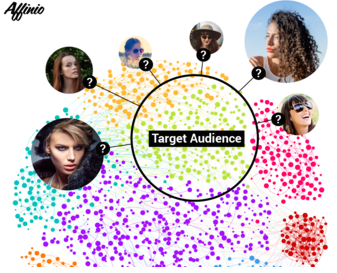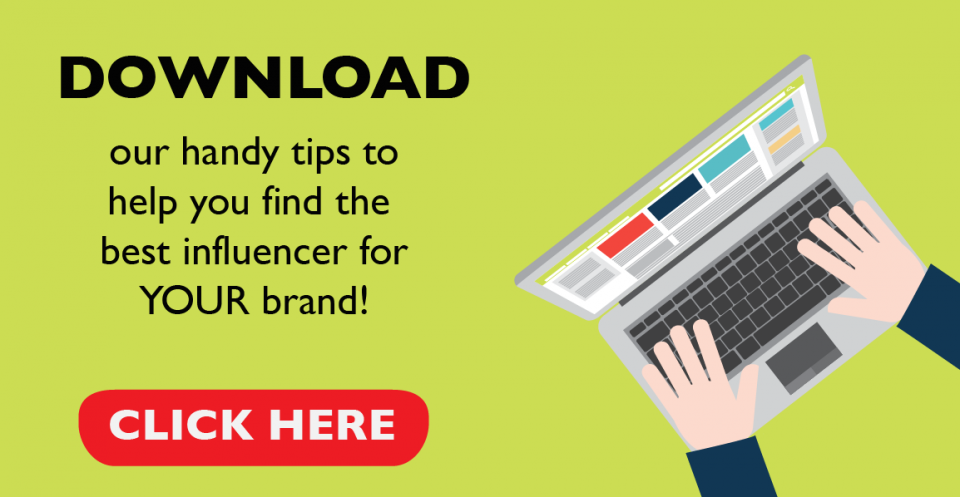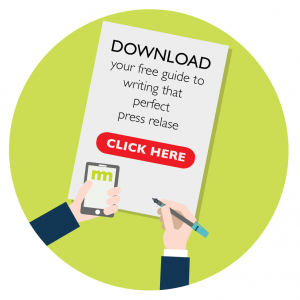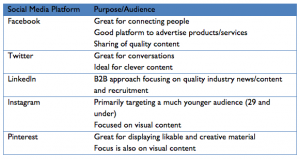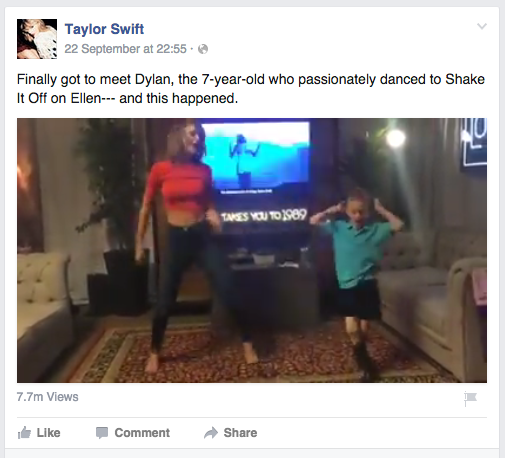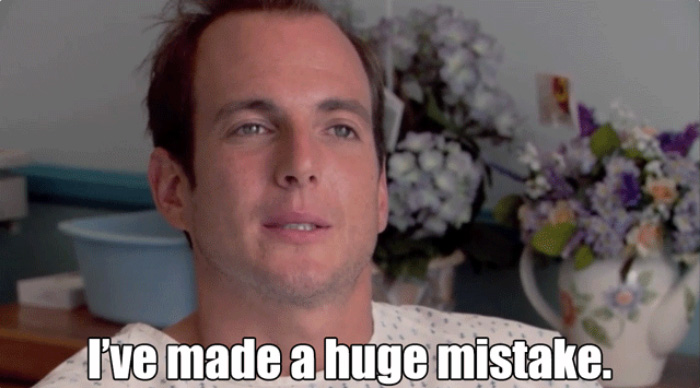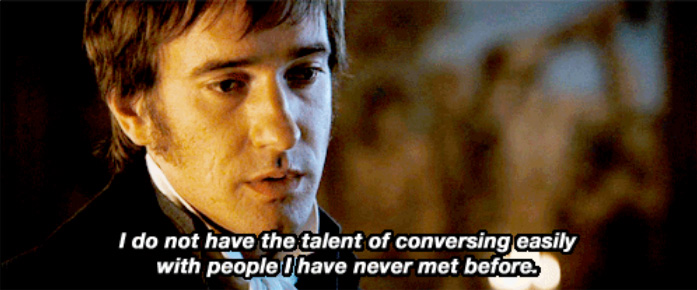In this day and age of social media, the rise of influencers can no longer be ignored. Social media influencers are often a powerful channel for driving engagement. Perhaps, a personal touch is just what a potential consumer needs to make a decision. In this blog, we’ll take you through the definition of social media influencer marketing and how to best use this for your business.
What is social media influencer marketing?
According to GroupHigh, social media influencer marketing is the practice of building relationships with the people who can build relationships for you. Influencers are basically your bridge to a whole new pool of end-users. No matter the size of the following, these influencers will be able to help you reach consumers via their social networks and blogs that your brand may not be able to.
As you can see from this little diagram by Affinio, target your audience through various influencers who share the same following.
From finding the right influencer for your brand to having them represent you, you will need to identify them, market to them, market through them, and then market with them. Here’s how:
- Identifying influencers – rank them in order of importance and relevance.
- Marketing to influencers – increase awareness of the brand amongst influencers.
- Marketing through influencers – using influencers to increase market awareness.
- Marketing with influencers – turn influencers into brand ambassadors.
Why social media influencer marketing?
Because a whopping 90% of consumers trust peer recommendations and only 33% trust advertisements!
In the eyes of the consumer, a social media influencer is that cool kid in high school and whatever he or she is into is the next cool thing. Most importantly, there is an authenticity and trustworthiness that comes with your influencer’s recommendation that advertisements lack.
How to get into social media influencer marketing?
Develop and build your relationships with the social media influencers that you think will best represent your brand and reach your target audience. Simply drop them an email with what you have in mind for your collaboration. Here’s how to find the right influencer for your brand:
- Find an influencer who is pretty much already an ambassador
That means that the influencer’s content is already aligned with your brand’s message. Look through an influencer’s archived content to find out what kind of consumer they are.
- Engagement vs. reach
Your choice of influencer should not only be able to reach a great number of your target audience, but should also be able to engage them to respond, comment and share. The relationship between your influencer and his/her readers should be meaningful and not just superficial.
- Look out for authentic and organic content
The more organic the content, the more likely your target audience is to trust his/her recommendation.
The key is to find a social media influencer that allows for a mutually beneficial relationship. And don’t forget, a great relationship between your brand and your influencer of choice will definitely make activating your marketing goals more seamless and effective!
Need help with your social media? Drop a message to [email protected]

